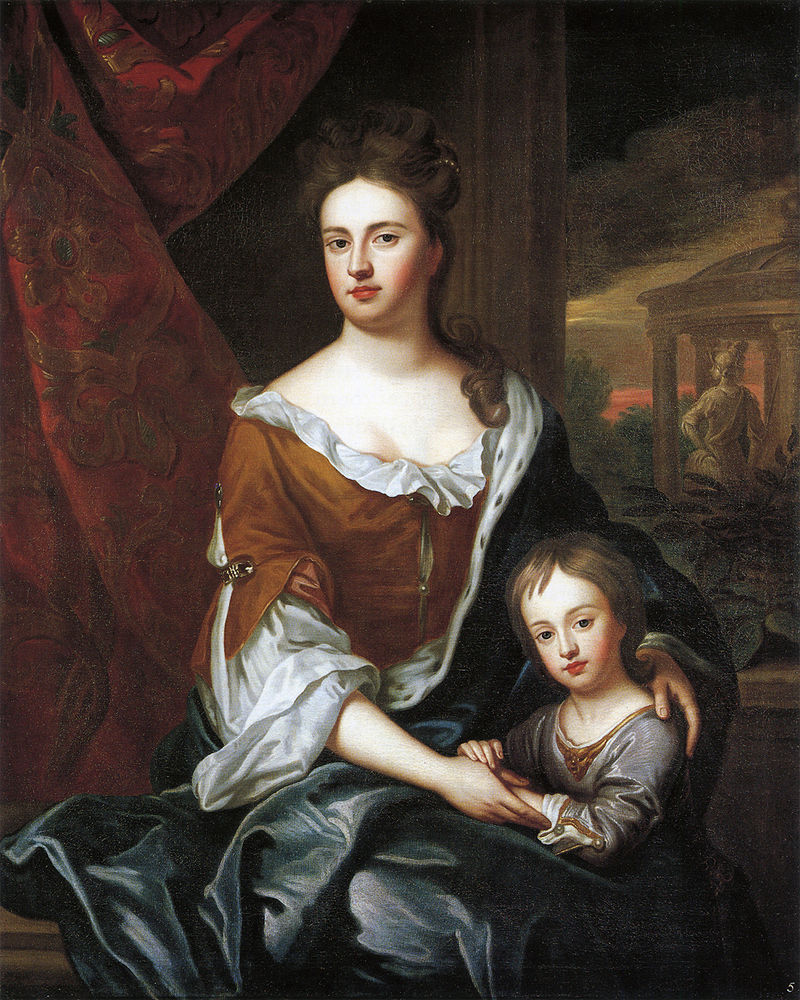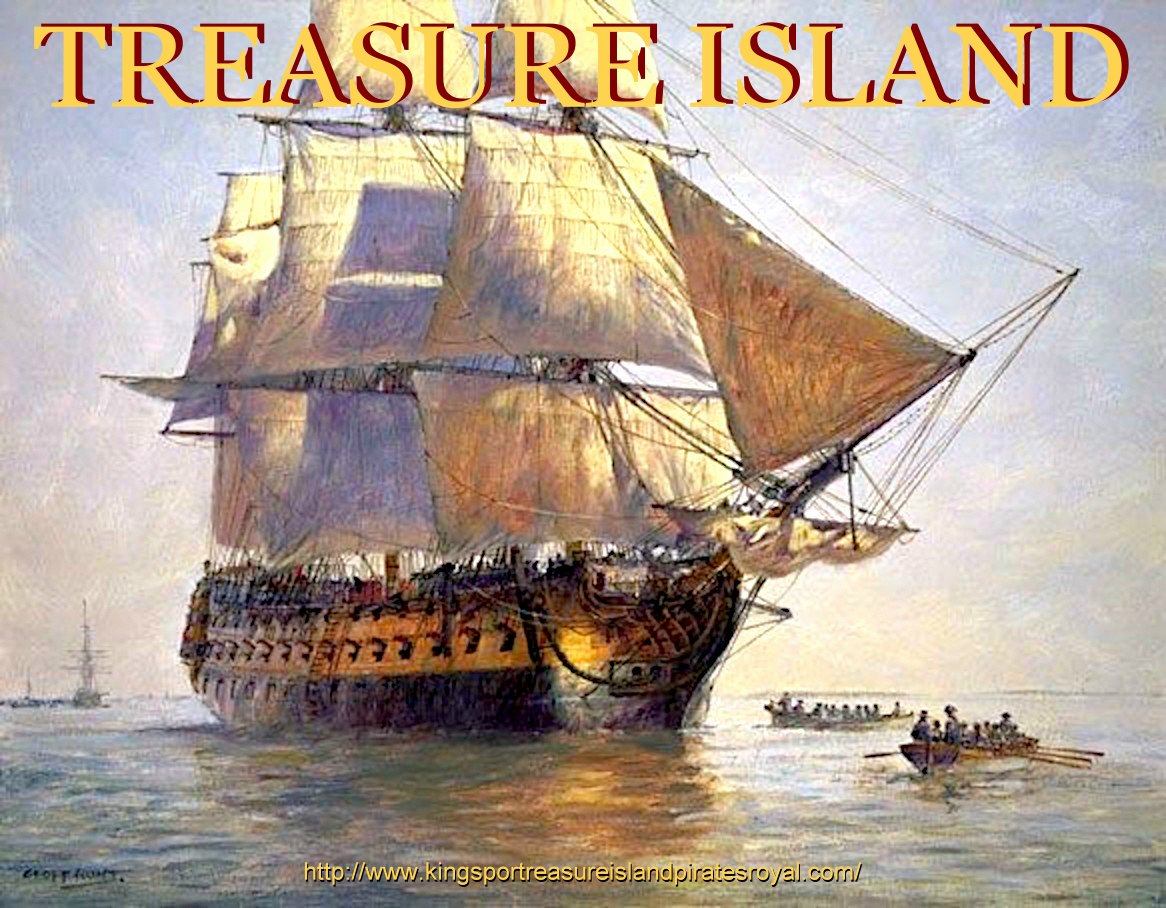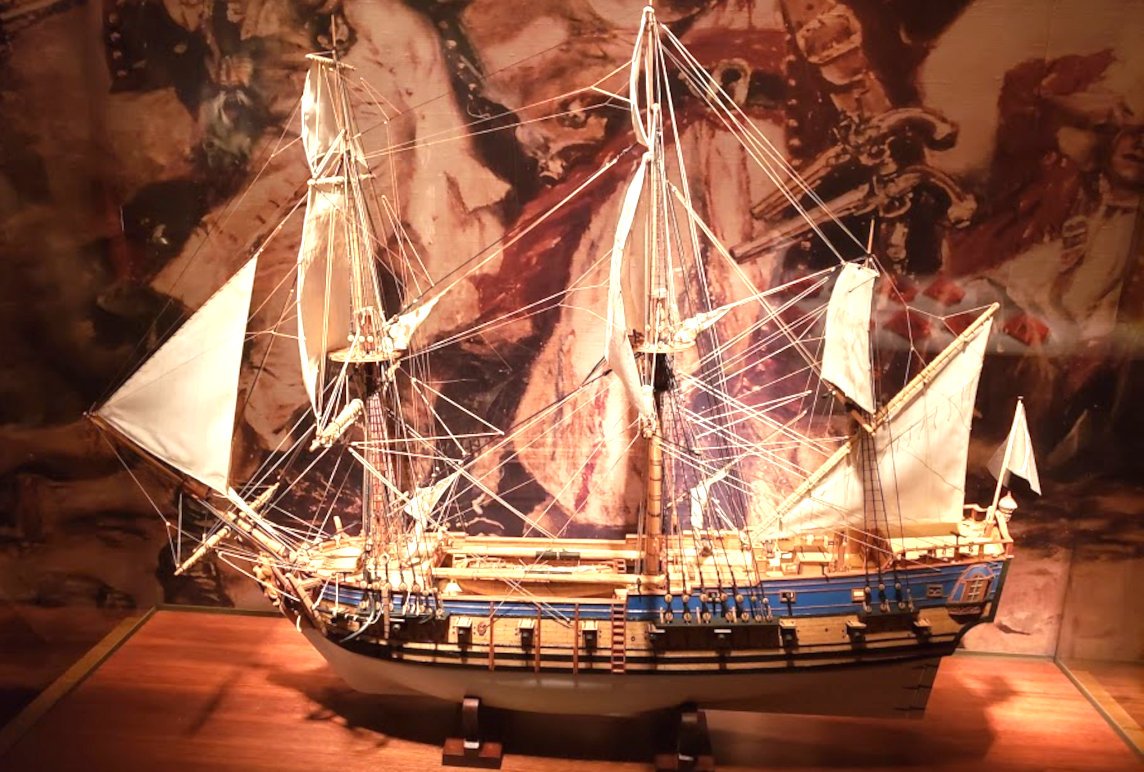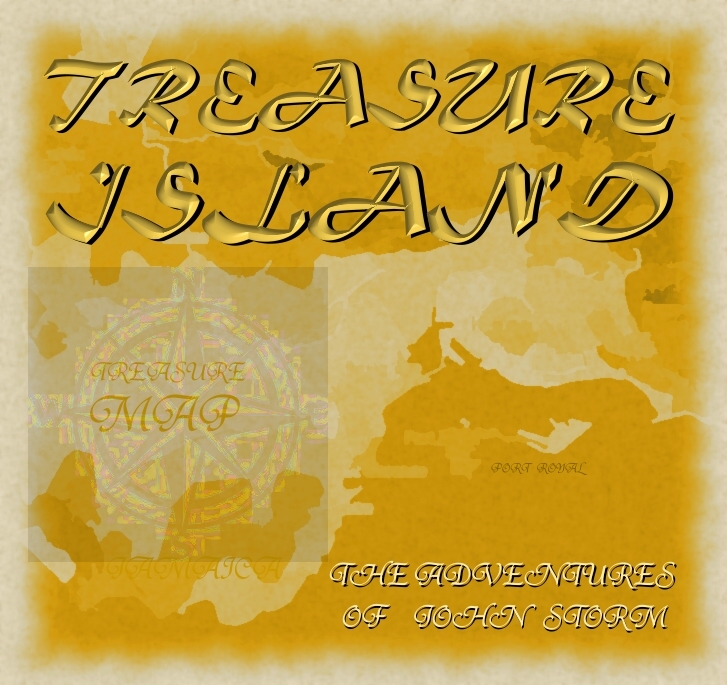|

Queen
Anne and Prince William
Anne was Queen of England, Scotland and Ireland from 8 March 1702. On 1 May 1707, under the Acts of Union, the kingdoms of England and Scotland united as a single sovereign state known as Great Britain. Anne continued to reign as Queen of Great Britain and Ireland until her death in 1714.
Anne was born in the reign of Charles II to his younger brother and heir presumptive, James, whose suspected Roman Catholicism was unpopular in England. On Charles's instructions, Anne and her elder sister Mary were raised as Anglicans. Mary married their Dutch Protestant cousin, William III of Orange, in 1677, and Anne married Prince George of Denmark in 1683. On Charles's death in 1685, James succeeded to the throne, but just three years later he was deposed in the Glorious Revolution of 1688. Mary and William became joint monarchs. Although the sisters had been close, disagreements over Anne's finances, status, and choice of acquaintances arose shortly after Mary's accession and they became estranged. William and Mary had no children. After Mary's death in 1694, William reigned alone until his own death in 1702, when Anne succeeded him.
During her reign, Anne favoured moderate Tory politicians, who were more likely to share her Anglican religious views than their opponents, the Whigs. The Whigs grew more powerful during the course of the War of the Spanish Succession, until 1710 when Anne dismissed many of them from office. Her close friendship with Sarah Churchill, Duchess of Marlborough, turned sour as the result of political differences. The Duchess took revenge with an unflattering description of the Queen in her memoirs, which was widely accepted by historians until Anne was reassessed in the late 20th century.
Anne was plagued by ill health throughout her life, and from her thirties she grew increasingly ill and obese. Despite 17 pregnancies, she died without surviving issue and was the last monarch of the House of Stuart. Under the Act of Settlement 1701, which excluded all Catholics, she was succeeded by her second cousin George I of the House of Hanover.
NAVAL ACTIONS
Queen Anne’s War was known as the War of Spanish Succession in Europe. It raged from 1702 to 1713. During the war, Great Britain, the Netherlands, and several German states fought against France and Spain. Just as with King William's War before it, border raids and fighting occurred between the French and English in North America. This would not be the last of the fighting between these two colonial powers.
The war consumed most of her reign. In America, the war became known as Queen Anne's War and consisted mainly of French privateering in the Atlantic and French and Indian raids on the frontier between England and France. The most notable of these raids occurred at Deerfield, Massachusetts on February 29, 1704. French and Native American forces raided the city, killing 56 including 9 women and 25 children. They captured 109, marching them north to Canada.
THE TAKING OF PORT ROYAL
In 1707, Massachusetts, Rhode Island, and New Hampshire made a failed attempted to take
Port
Royal, French Acadia - not the Jamaican port. However, a new attempt was made with a fleet from England led by Francis Nicholson and troops from New England. It arrived at Port Royal on October 12, 1710, and the city surrendered on October 13th. At this point, the name was changed to Annapolis and French Acadia became Nova Scotia.
In 1711, the British and New England forces attempted to conquest Quebec. However, numerous British transports and men were lost heading north on the St. Lawrence River causing Nicholson to stop the assault before it began. Nicholson was named Governor of Nova Scotia in 1712. As a side note, he would later be named the governor of South Carolina in 1720.

BLACKBEARD AND QUEEN ANNE'S REVENGE
The pirate took a liking to La Concorde, and it became his flagship. He renamed it
Queen Anne's
Revenge, after the British Queen Anne. Blackbeard served in the English Navy during Queen Anne's War in the early 1700s.
Captain Blackbeard is probably the most infamous pirate of history's Golden Age of Piracy — a period that spanned the mid-1600s to the early 1700s. What is most unusual about his notoriety is that Blackbeard didn't actually have a long career in piracy. Records show that he was only in the pirating business from roughly 1713 to 1718, a mere five years. And most of his life is still shrouded in mystery.
Records show that the Teach family owned a large plantation in Spanish Town that, in 1706, Edward Teach, Jr. inherited as the eldest son.
Around the time he joined the Royal Navy, Teach Jr. generously turned over the plantation to his stepmother and half-siblings rather than hold on to it. Teach joined the Royal Navy somewhere between 1706 and 1713 and became a sailor aboard the HMS Windsor. This would be Teach, Jr.'s first step to becoming the notorious and widely feared Blackbeard the pirate.
As privateers, Blackbeard and his compatriots would attack and loot enemy ships, basically committing acts of piracy that were authorized by the British
government. However, once the war was over, there wasn't any immediate need for government-sanctioned privateers. Rather than lose his livelihood and miss out on an adventurous life at sea, Edward Teach (along with many others) decided to turn to unregulated
piracy, keeping all the spoils.
Blackbeard had to learn piracy from somewhere. He found his pirate mentor in the form of the famous former privateer-turned-pirate,
Captain
Benjamin Hornigold. Hornigold converted to unadulterated piracy after serving as a privateer during the War of Spanish Succession and became the notable pirate captain of the time with an able crew, per The Way of the Pirates. Edward Teach joined Hornigold sometime around 1717. Blackbeard was a capable pirate and so impressed Hornigold that he was promoted to second-in-command. About a year after joining the crew, Hornigold rewarded Blackbeard with his own ship, a small crew, and the title of "Captain." As
a captain, Blackbeard became friendly with another famous pirate — Stede Bonnet — and the two traveled together for a time.
Blackbeard's famous ship, The Queen Anne's
Revenge, was originally a French slave ship called La Concorde. He and his crew captured the ship in the Caribbean off the island of Martinique in the late fall of 1717. Those aboard La Concorde didn't stand much of a chance. According to The Queen Anne's Revenge Project, La Concorde's crew had already suffered 16 deaths, and another 36 members were sick with scurvy and dysentery. Finding themselves at a severe disadvantage, Captain Dosett surrendered the ship to Blackbeard. At least three of La Concorde's crew members joined Blackbeard voluntarily, though Blackbeard and his men forcibly took a few others whom they thought would be useful to them; a pilot, three surgeons, two carpenters, two sailors, and the cook.
Blackbeard was far from being an abolitionist. His father's plantation operated on slave labor, so he was certainly accustomed to the practice. However, according to The History Press, slave ships were among Blackbeard's favorite targets, so he regularly encountered African slaves being transported. After pillaging a ship, there have been reports showing that Blackbeard would return captured slaves to the mainland where they would presumably be sold at auction, while other times the enslaved individuals willingly joined his crew.
Recent discoveries have shown that joining Blackbeard's crew certainly came with at least one perk — guaranteed on-site medical care. After discovering the wrecked Queen Anne's Revenge in the 1990s, archaeologists have found that Blackbeard didn't just keep valuables and weapons on his ship. As described by the Washington Post, Blackbeard also had a wide array of medical supplies that were found during the ship's excavation.
Legend has it that Blackbeard had 14 wives in his lifetime.
These were more like long term mistresses or relationships where he considered those women common-law wives, but there's no legal documentation of any of those unions, except for one. Records show that Blackbeard was legally married to the teenage Mary Ormond
of Bath, North Carolina, per The Way of the Pirates.
Mary was thought to be
between 14 and 16 at the time of her marriage. We don't know much about Mary Ormond except that she was the daughter of plantation owner William Ormond and married the seemingly reformed Edward Teach at a young
age, presumably inheriting the Teach plantation.
We don't know what happened to Mary Ormond after her husband absconded, though the rumors prevail. Some say that she became pregnant quickly after her marriage, but no record confirms that she ever had a child with Blackbeard,
in the age lacking contraception, it would seem probable. And Lord
Huntington somehow ended up with a treasure map once in the possession of Mr
Teach, he having acquired it without explanation or intelligences, after the
passing of Captain
Henry Morgan. There must then have been a means of safe transmission.

ABOUT
THE ROYALS
The Prince
of Wales, is currently the third King of England, named Charles
III; in
waiting. His
son, the Duke
of Cambridge, Prince
William, is also a King in waiting - as of 2022 as
William V.
Their mother and grandmother, respectively, Queen
Elizabeth II, is presently the British Monarch, aged 95.
The previous King, Charles
II, ruled from 1630 until 1685, gave a Royal
Charter to export captured native Africans as slaves to British colonies.
Queen
Elizabeth I (Good Queen Bess), was famous for commissioning privateers
to carry out acts of piracy on the high seas, to boost the coffers of her
Treasury. As was Queen
Anne 1665 - 1714. King
George I carried on with privateers, then politics changed during his
reign 1714 to 1727.
It
appears that throughout history, and until Oliver Cromwell brought some
semblance of transparency, the royals had been keen to profit by stealing
from other nations, as what may be termed today; immoral earnings. If
there were no time bar, these monies and other acquired assets, could be
seized as proceeds of crime.
Extreme
wealth in all its forms is a contributing factor to global warming, and a
destabilizing factor, that leads to empire building, of which the ancient
Egyptians and Myans, demonstrated many years before naval superiority became
a deciding factor. Now of course it is air superiority, including missiles,
etc.
PIRATES
LINKS
Bellamy,
Samuel - Black
Sam (Captain)
Blackbeard
- English Teach and the Queen
Anne's Revenge
Bonny,
Anne - Pirate
Drake,
Sir Francis - Privateer
Edward
England - Irish pirate, Edward Seegar
Golden
Age of Piracy
Hawkins,
John - Privateer
Hornigold,
Benjamin - Privateer Captain
Jolly
Roger - Pirate flag
Kidd,
William - Captain Kidd, privateer/pirate
Morgan,
Henry - Privateer, Sir
Henry Governor of Jamaica
Pirates
- Piracy
and Privateers
Pirates
of the Caribbean, Disney's film
Port
Royal -
Rackham,
Jack - Calico Jack
Raleigh,
Sir Walter - Privateers
Read,
Mary - Pirate
Robert,
Bartholomew - Black
Bart, pirate
Robert
Louis Stevenson
Samuel
Bellamy - Black Sam, the pirate
Skull
and Crossbones - Pirate flag
Tortuga
-
Treasure
- Maps
to buried gold and jewels - Island
Vane,
Charles - Pirate captain

 

Cleopatra The Mummy is currently under
development as a script & graphic novel
|

